The BH51M Neo Helmet: Particularly Smart, Particularly Safe But Also Comfortable?
2020-09-24
Particularly smart, particularly safe but also comfortable?
Bicycle helmets are becoming smarter and safer. In autumn 2019, LIVALL launched the BH51 M Neo, the successor to the BH51 and BH60 / 62 models. It scores with its modern look, app support and functional handlebar switch with quick attachment. The Munich-based company LIVALL wants to ensure more safety on the road with the BH51M Neo. The smart functions increase comfort and safety and point far into the future and should also inspire the competitive environment. The LIVALL BH51M Neo promises incredible functionality.
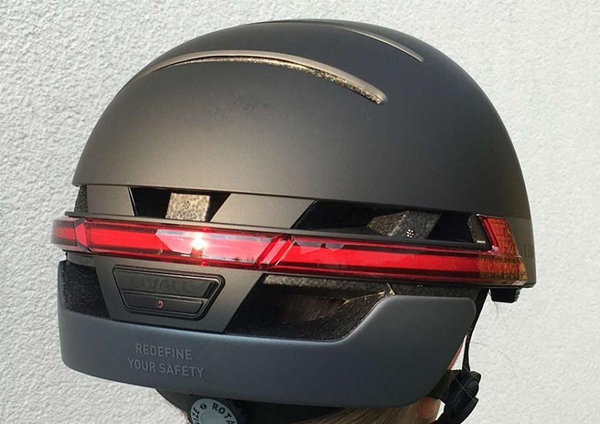
The award-winning BH51M has been redesigned and is now a bit safer
A bike helmet with built-in speakers, microphone and Bluetooth connectivity enables previously unimagined possibilities. Cyclists who like to be navigated using voice instructions or who make a lot of phone calls while cycling without violating the road traffic regulations may have found the ideal solution with the new helmet from LIVALL. Why should cyclists be worse off than drivers? Bluetooth headsets usually close the ear canal and are therefore a security risk and not compliant with the road traffic regulations. The two tiny helmet loudspeakers are always there and do not suppress the important traffic noises. In addition to these killer functions, the LIVALL helmet offers much more.
LIVALL BH51M Neo
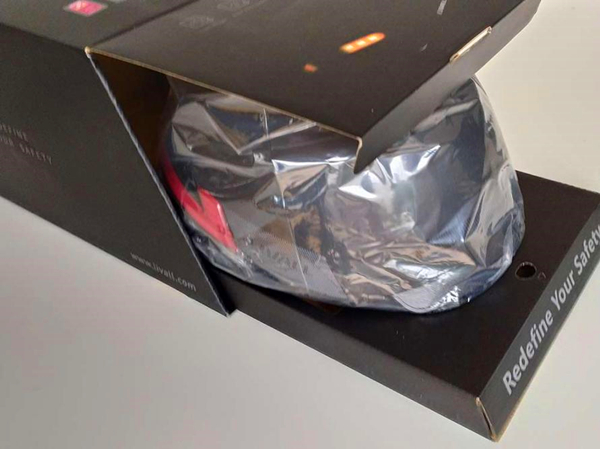
LIVALL has developed its BH51M further and now offers its users a bit more security with smart protection. With intelligent 360-degree lighting, brake lights and anti-loss warning, the LIVALL BH51M Neo attracts more attention and actively counteracts the risk of accidents when cycling in the city and in the country on a daily basis.The helmet has features such as LED light and indicators, media playback via Bluetooth, loudspeaker, microphone, fall sensor with SOS function and intelligent light control through darkness detection including front and rear lights with an indicator function. The darkness sensor automatically adjusts the helmet to the changing light conditions. The entire lighting and its signals can now be seen from the front, from the side and from behind – i.e. 360 degrees around the helmet. This significantly increases the perception of other road users.
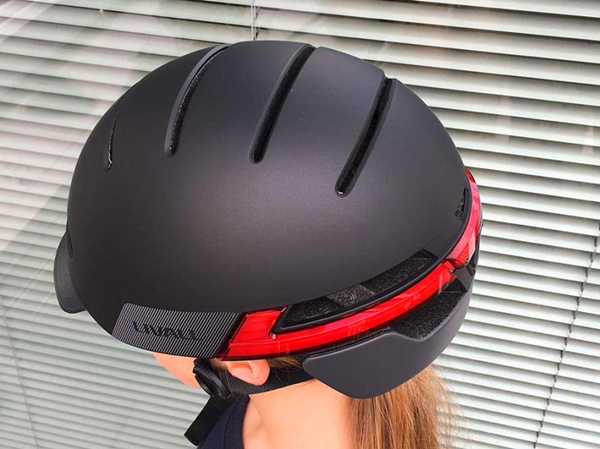
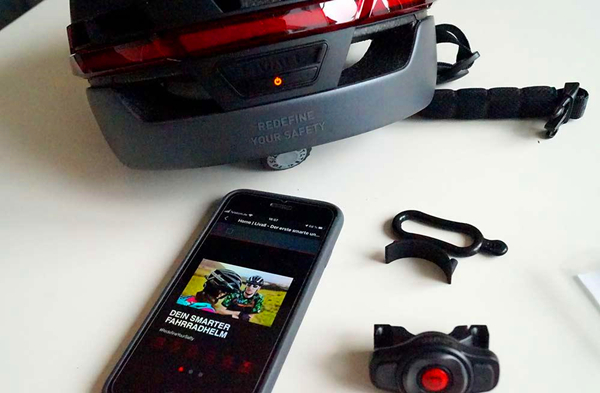
More and more cyclists are wearing helmets
Just under 23 percent of cyclists in 2019 wore protective helmets. Young adults, in particular, are increasingly protecting themselves with a helmet. This is the result of surveys that are carried out annually on behalf of the Federal Highway Research Institute (BASt). The helmet-wearing rate among cyclists has increased across all age groups by almost five percentage points to almost 23 percent since the previous year’s survey, reaching its highest level to date. There are increases in particular in the 17 to 21-year-olds (from 8 to 14 percent), in the 22 to 30-year-olds (from 8 to 18 percent) and in the 31 to 40-year-olds (from 15 to 25 percent)). Source: BASt
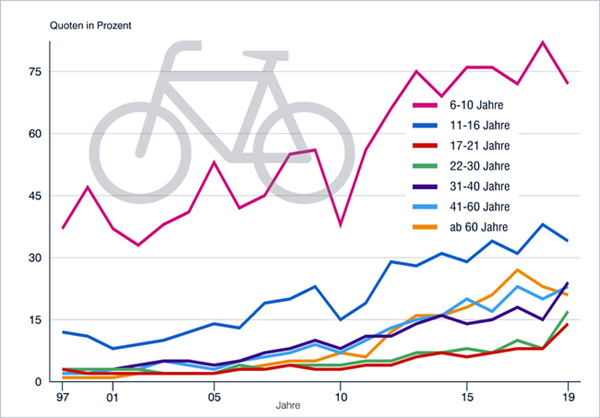
More and more cyclists are wearing a helmet – photo credit: BASt
Large target group – all cyclists
The target group is primarily the digital natives, but also ordinary city people, commuters, cruisers and urban bikers, but also profane, technology-savvy casual cyclists. Orthopaedic surgeons and trauma surgeons unanimously recommend Helmet on while cycling – and this at any age. And currently also for the people who switch from public transport to bicycles in the Corona crisis to protect themselves against infections. In some places, there was a note on digital traffic signs: Cycling to work protects against infection #FlattenTheCurve. ” Switching to the bike for reasons of infection protection is to be welcomed. But don’t forget your head protection. In the event of a fall, a helmet can help prevent serious head injuries,” says Prof. Dr Michael J. Raschke, The DGOU has been campaigning for a higher helmet wearing rate for years. Because specialists in orthopedics and trauma surgery see every day at work what consequences a fall on the unprotected head can have. Data from the TraumaRegister DGU (TR-DGU) show that serious craniocerebral trauma is the main injury among the life-threatening cyclists. ” Too few adults choose a helmet on a bike,” says Dr Christopher Spering, Head of the DGOU Prevention Section and Senior Physician at the Clinic for Trauma Surgery, Orthopedics and Plastic Surgery at the University Medical Center Göttingen (UMG).
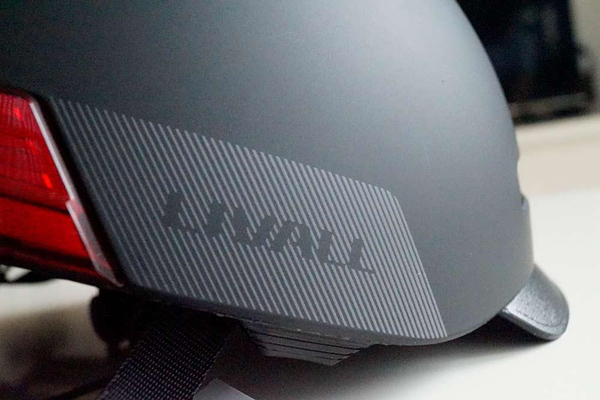
According to data from the Federal Highway Research Institute for 2018, the helmet wearing rate was an average of 18 percent across all age groups. The ratio of adults was significantly lower than that of children: in 2018, 82 percent of children between the ages of six and ten were wearing helmets. Then the helmet wearing rate drops significantly: 38 percent of 11 to 16-year-old cyclists wore a helmet. For teenagers and adults aged 17 and over, the helmet wearing rate was only between 8 and 23 percent. The preliminary accident statistics for 2019 also show Last year, according to the Federal Statistical Office, 87,309 cyclists were injured in a traffic accident and registered by the police. 15,151 cyclists were seriously injured, 444 fatalities.
LIVALL – BH51M Neo – advantages:
⦁ Smart LED lighting system
⦁ Headset
⦁ HiFi stereo music
⦁ SOS alarm
⦁ Walkie-Talkie
⦁ IPX4 waterproof
⦁ Stable Bluetooth connection with automatic reconnect,
⦁ Smart LED lighting system: light with day / night automatic, 270 ° all around LEDs, LED indicators
⦁ Front warning lights and Brake warning lights
⦁ Auto Off and Anti-Loss Alarm
⦁ Intelligent design: Comfortable, extremely light, stereo sound
⦁ SOS Fall detection system with a GPS data after an accident being sent to a contact in the app.
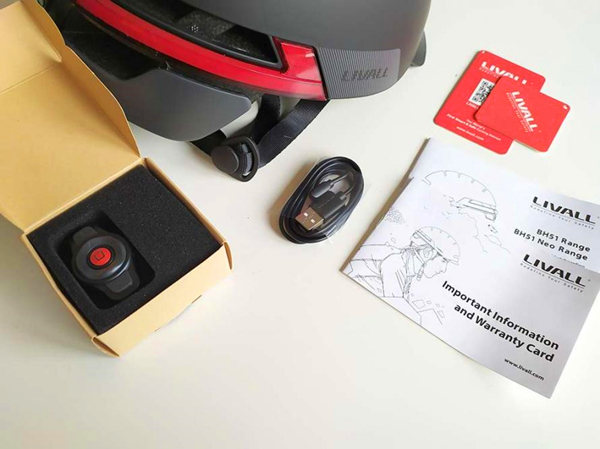
Bicycle helmets should generally be worn on all bike tours – and not just by children. A helmet can save lives in an emergency. A bicycle helmet protects against head injuries in the event of a fall by the built-in foam taking over the function of a crumple zone. The helmet absorbs the energy and the force of the impact. Even if there is no compulsory cycling helmet in Germany, the cost of a helmet is in no comparison to the benefit. Numerous statistics show that cycling helmets can prevent serious injuries. Many injuries can be prevented or at least significantly reduced by wearing a helmet be it lacerations, abrasions, bruises, concussions or whiplash injuries. In addition to passive safety, the LIVALL also offers active protection.
Installation
At around 480 grams, the helmet weighs just under half a kilogram. Given the additional functions, this is easy. Commissioning is quick. After unpacking, you should first fully charge the helmet. The helmet comes with a USB cable with a proprietary connector. Then, after switching on the helmet, you can pair/pair a with the smartphone via Bluetooth. This works straight away on Android and iOS. To do this, you should first download the free smartphone app “LIVALL Riding” (Android / iOS). For the bicycle handlebar, there is a remote control with a quick-release via rubber tensioner. This remote control is always on. The firmly integrated button battery should last up to two years. The control unit automatically couples to the helmet. If the helmet is only to be used to indicate the direction by flashing, a smartphone and app are not necessary. The length of the chin strap could be quickly and easily adjusted to the head size and ear area.The helmet must be switched on and off manually. The radio remote control for the handlebar, however, is always on standby.

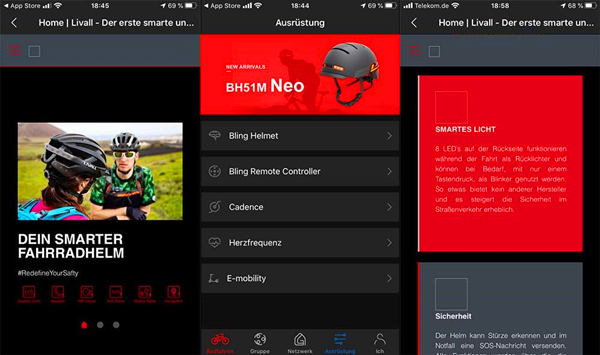
Optics and design features
The BH51M Neo in the colours “black” are available in two sizes. Eight LEDs on the back work as taillights while riding and can be used as indicators, if required, with just one push of a button. The LED strips on the rear of the helmet are hardly noticeable when switched off, the LEDs on the front are practically invisible. The speakers and microphones with which the helmet is equipped are discreetly attached to the sides above the ears. When switched off, the smart LIVALL Helmetphone looks like an ordinary bicycle helmet. First switched on – via the rubber button on the back of the helmet, the light and audio signals reveal the extensive smart functions of this helmet. The brake light function of the rear lights represents an innovation and valuable safety feature: the accelerometer in the helmet detects a delay in movement and make the red light of the LEDs light up more brightly. If the smartphone connected to the helmetphone loses its connection to the helmet or is lost the Rider is informed of this by an acoustic signal, the anti-loss alarm. In Addition, the helmet is adequately protected against moisture according to IPX4.
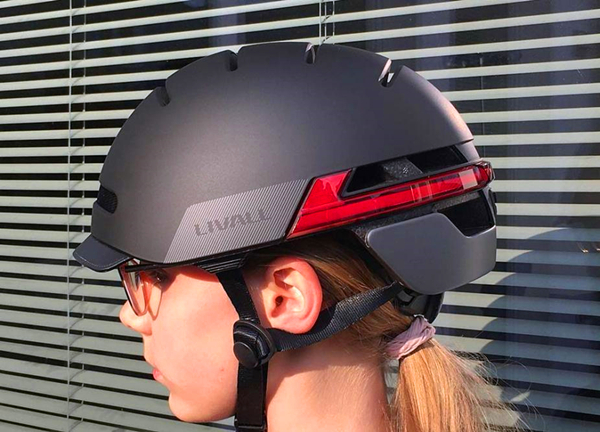
Comfort
The LIVALL BH51M Neo sits very comfortably on the head and ensures excellent wearing comfort even on longer bike rides. In addition to its low weight, the good fit also helps. The interior structure adapts very well in the area of the headrest and forehead without causing pressure points. Shell and inner lining allow good ventilation even at high temperatures. Pleasingly, the acoustic perception of traffic is not lost, which is relevant for safety. The side micro speakers do not decouple from traffic. A classic strap fastener ensures a secure hold, which is easy to use and can be optimally adjusted.
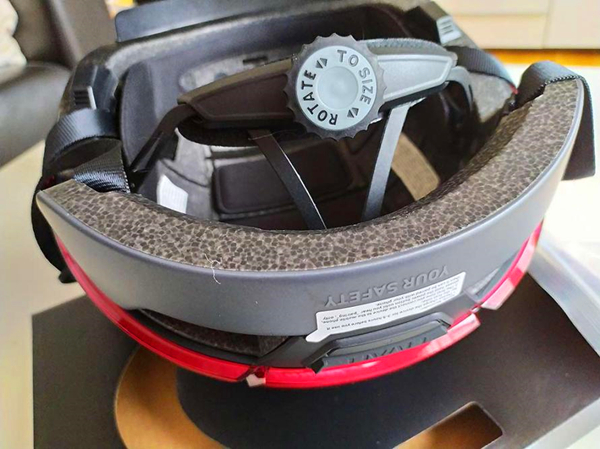
Active and passive safety functions
If you value active safety in traffic and at the same time, rely on communication and media playback functions while cycling, the LIVALL is a recommendation. For this application and that of the walkie-talkie chat (to another Livall helmet wearer in the immediate vicinity), the smartphone is paired with the helmet and the small waterproof remote control on the handlebar via the LIVALL app. With both hands on the handlebars, you can navigate through the functions and, thanks to the open design, even while listening to music or telephoning, ambient noise can still be heard without any problems. The BH51M Neo offers several intelligent functions compared to conventional bicycle helmets. The most important feature of the BH51M Neo is its LED lighting function on the front and back of the helmet. The brightness of the LEDs is automatically adjusted with a light sensor. In combination with the turn signal function, wearers of the BH 51M Neo are usually much more visible due to the orienting reflex of other road users. They are recognized and perceived earlier than without or within a conventional helmet.
